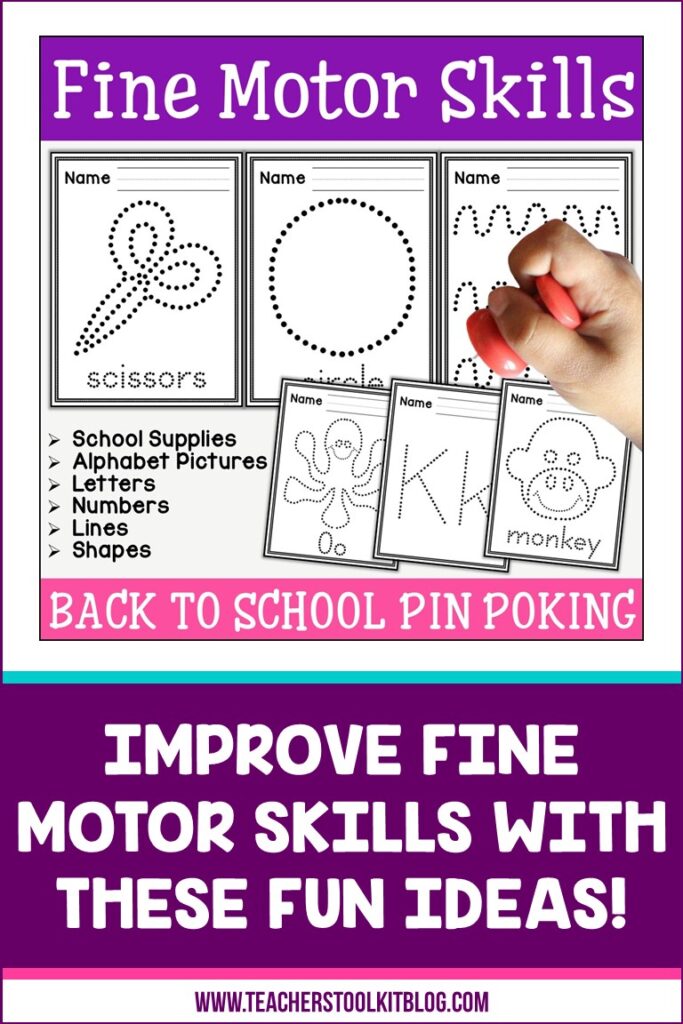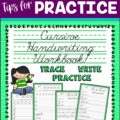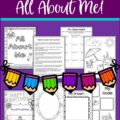Helping your students develop fine motor skills is crucial to their success in school. No pressure there!
The phrase “fine motor skills” refers to movements using the small muscles of the body – the hands, lips, feet, tongue, and lips. The more developed those small muscles are, the better control students will have when they use them in various activities.
For teachers, the development of the small muscles in the hands is of primary concern because those muscles are the ones that impact handwriting. But they are also important in performing everyday activities such as buttoning a shirt, using a cup and feeding themselves without spilling, and playing with toys.
Providing students with fun and engaging activities specifically to develop these small muscles will help them not only with their handwriting but also with self-care skills. And check out this earlier post for more ideas.

Activities For Developing Fine Motor Skills
Writing
Tracing and writing activities are perfect for fine-tuning those small muscles. Encourage your students to use different types of writing utensils. Fat markers, thin markers, short crayons and pencils, and paint brushes all help students to develop the pincer grasp that’s necessary for handwriting.
Let your students paint or write on an easel. Changing up the angle and position of their writing will help build the muscles in their neck and shoulders. This will improve their stability when writing and also helps their visual and tracking skills. That will translate into better precision and focus when writing.
Using Scissors
We often expect our students to use scissors for cutting out various items. This can be a frustrating challenge for students whose motor skills aren’t as developed as they should be. The solution to that problem is to encourage students to use scissors! Start out by just having them practice with simple cutting activities such as just cutting a piece of paper in half. As they get better able to manipulate the scissors, add in some simple shapes for them to cut, gradually increasing the difficulty as they improve.
Playtime
Playtime can be the perfect opportunity for helping small muscle development. Building with Legos and blocks encourages good eye-hand coordination and fine movements. Letting kids string beads or pasta onto yarn or string, doing jigsaw puzzles, and playing games where they are manipulating small pieces are all fun ways to work on that small muscle development.
Using Play Dough can not only help with fine motor skills but also with hand strength. Have your students form specific shapes, such as letters. Or hide some small objects like beads in some Play Dough and let them dig out the objects with their fingers or plastic tweezers.
Have your students try using chopsticks! Provide them with different objects to practice picking up, such as cotton balls, game pieces, small blocks, or bottle caps. Keep it fun so that they don’t get frustrated. The small muscles needed for manipulating chopsticks are the same ones that students use in handwriting.
Have You Tried Using Pin-Poking Activities?
Use this Fine Motor Skills Back to School Pin Poking Pack to develop the muscles necessary for the correct pencil grip. Children love these challenging, but fun activities! Students can even pin poke the accompanying words too!

BENEFITS
- when the push pin is held correctly, the muscles required for grasping a pencil are strengthened
- both hands are used, thereby building the habit of using two hands while working
- visual attention is required to make sure the pin is exactly on the dot
- dots should be close together, so simple spatial planning/reasoning is required
- if a child lies on a carpet, trunk and limb muscles get stronger too
You’ll find pages of alphabet pictures with both letters and words, numbers, letters, lines, shapes, and school supplies!
Share with us any other fine motor activities that you use with your students!


